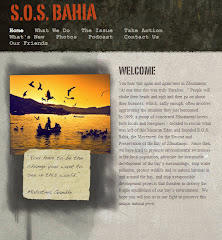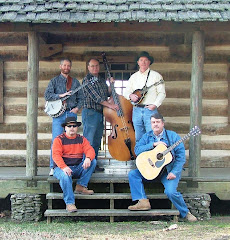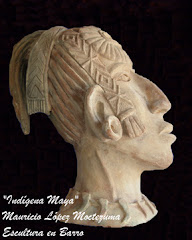By Gabriela Cecilia López Alvarado
Magisterial conference carry out this Friday October 09th at 19:00 hours in the Hotel Dorado Pacífico in Ixtapa for the Dr. Jose Guadalupe Moreno de Alba. The Conference Notes on the Mexican Spanish as part of the cycle of Conferences organized ones for the Government of Zihuatanejo de Azueta, had a great assistance where emphasize the assistance of numerous pupils of the schools public and deprived of Zihuatanejo, specially of high schools.
With a long path, the Dr. Jose Guadalupe Moreno de Alba director of the Mexican Academy of the Spanish Language Member of number of the Mexican, integral Academy of the Meeting of Government of The College of Mexico and secretary of the Association of Linguistics and Philology of Latin America; author of fifteen books and of more than 70 scientific articles published in specializing magazines was hotly applauded. Later he gave his gratefulness to the public for its assistance as well as also to feel astonished at the abundant hearing that came to listen to him.
He gave opening at the time to the topic, of which it refers first to the languages of the world and the perfection that exists in them, contextualiza certain aspects of the language as method of communication as well as also the evolution of the man and his aptitude to speak, to communicate. He explains to the languages as submitted also to the social prejudices, of which every language has a different end, the diplomacy, the philosophy, the business etc. Exposing that these for reasons extralingüísticas and historical they are fastened in different degrees of importance in the world since the principal reason takes root in the demographic question, in which there decides the number of speakers and dependent countries. This one is the reason for which, he explains, the Spanish is the fourth language most spoken in the whole world since this one is official in more than 20 countries of which Mexico is the country with major number of Spanish speakers in the world. Another origin of which some languages predominate more that it resides in that so much it lacks unit a language, and it is here where he mentions "Divide and rule" what it relates to the fragmentation of the language; on having lacked this one of unit will be easier than this one tend to separate and consequently it goes to desparecer. Such it is the case of the French, who though it is the same language lacks unit.
Dr. Moreno de Alba referred also to the indigenous languages, which it determined they are in agony since these are contaminated increasingly by words and concepts of the Spanish. Later he read to his public termsused in Mexico with indigenous origins, organized in different semantic fields, the same method that he use to compare the lexical differences between the Mexico and Madrid, Spain.
Towards the end of this one illustrative conference and with the participation of some persons of the hearing, the Dr. Moreno de Alba stress the importance of knowing the language that one speaks, not only for studying and to obtain a major knowledge of the language that is a part of the culture but because this was providing Mexico and to one itself a better quality of communication, it made clear the Doctor that the education is going to be a determinant aspect and of supreme importance to achieve not only a better communication but also the economic one to achieve an improvement in all the aspects certainly, since it is not possible to industrialize to a country without education, as well as neither this one to be able to be acquired by art of magic, one has to be employed at it; another fundamental aspect that makes one very effective hobbles is to foment the reading in the children and young, nevertheless not as an obligation like it is accustomed to do it very much, but as one more pleasure of the life, that at the end of you count it is, in order that this way an advance exists really, so much culturally as of any other nature.
Bibliography:
Notes of passbook.















